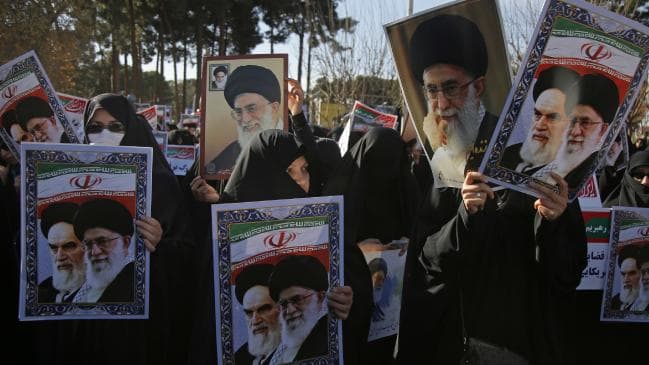This year marks the 40th anniversary of the Iranian revolution, and it is all but certain that its fifth decade will see the installation of the third supreme leader.
In the past 40 years only two people have filled that role — the architect of the revolution, Ayatollah Ruhollah Khomeini, and for the past 30 years his successor, Ayatollah Ali Khamenei. But Khamenei turns 80 this year and there have been persistent rumours that he suffers from prostate cancer. Public appearances by the Supreme Leader these days can be as much about observers assessing his health as they are about assessing his words.
Because it has happened so rarely in revolutionary Iran, the accession to power is little understood and will be closely observed. The new supreme leader is supposed to be appointed (and supervised) by the 88-member Assembly of Experts according to the constitution, although the reality is that the Supreme Leader has been largely supreme in Iranian politics. And there is every indication that the current Supreme Leader will do all in his power to ensure that a highly conservative cleric favoured by him fills the post after Khamenei vacates it.
Iranian politics is notably opaque, and although the supreme leader can place the pieces on the chessboard before he dies, unless the transition is entirely stage-managed there is always the possibility that competing centres of power may try to advance their own interests after the incumbent’s death. But the potential damage to the fabric of the revolutionary government’s authority in the event of a contested succession is likely to mean that a successor will have been agreed upon before Khamenei’s death.
Read the article by Rodger Shanahan in The Australian.

